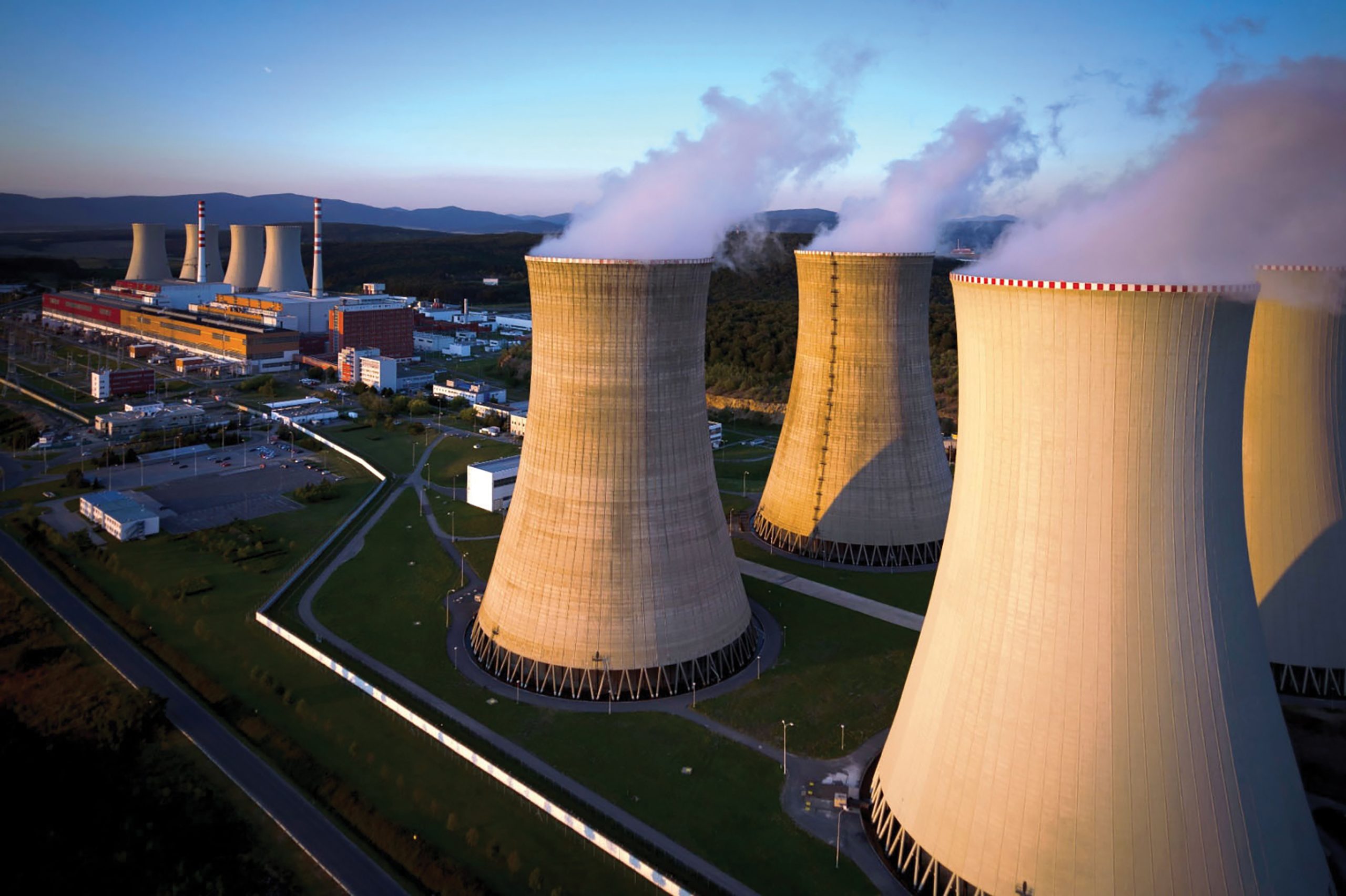MOSCOW. AUGUST 22, 2024. PIR PRESS. «This is the first high-quality research on Mongolia in the last 30-35 years with unbiased assessments of its geopolitical situation and our bilateral relations», – Mr. Sergey Demin, Regional Director of Rosatom International Network in East Asia, member of PIR Center Executive Board.
PIR Center is glad to announce the release of the report (in Russian) “Mongolia as a New Center of Struggle for Resources: Prospects for Russian-Mongolian Cooperation in Nuclear Energy, Mineral Exploration and Mining.” The report’s authors are Roman Kalinin, a Research Fellow at PIR Center, and Arslan Khatmullin, a Senior Specialist in the Geology and Mining Department at Irkutsk Oil Company LLC. The report is devoted to the unfolding struggle for Mongolia’s energy resources and the prospects for Russian-Mongolian cooperation in the energy sector.
The key findings of the report are:
- The challenges of the low level of Russian-Mongolian cooperation in the energy sector derive from the general geopolitical situation in the world. After the collapse of the USSR, both states witnessed a weakening of cultural ties and a decrease in the number of student and tourist exchanges, Russian cultural centers, and Russian-language schools. There have been no permanent branches of Russian state-owned or large private companies in Mongolia for a long time, except Rosatom, which opened its subsidiary in July 2024.
- The advantage of Russia over its competitors from the Western bloc is that Russia does not see Mongolia exclusively as a raw material supplier. Projects that are economically important for Russia are the export of electricity and energy carriers and the construction of nuclear power plants, where Rosatom ranks as the world’s leading company in the industry. At the end of July 2024, Rosatom received confirmation from MonAtom that it is ready to implement the Roadmap for Small Nuclear Power Plant provisions, signed on March 24, 2024. Furthermore, the most critical area is the development of infrastructure projects to strengthen cooperation within the framework of Russian-Mongolian-Chinese relations. In addition, Russia has tremendous experience in geological exploration.
- Cooperation in resource exploration and mining is one of the upstream growth areas in the relations between the two countries. Mongolia’s energy consumption is increasing at a rate of 6-7% per year. It will increase due to high economic performance, infrastructure development plans, and urban construction, which is enshrined in Mongolia’s Vision 2050 strategy. At the same time, Mongolia is interested in developing green energy and abandoning coal-fired TPPs. The Mongolian side can demand Russia’s experience in the construction of nuclear power plants and the construction of a small nuclear power plant (SNPP). Construction of SNPP is an optimal option for Mongolia, with a population density of 1.7 people/km2.
- Mongolia has large deposits of uranium. Two industrial uranium mining districts have been established in Mongolia: North Choibalsan (uranium reserves – 90 thousand tons) and North Gobi (66 thousand tons). Potential uranium-ore (ore-prospective) districts have been formed: Berkhinskiy (100 thousand tons) and East-Gobi (170-200 thousand tons); Tabunsubatuinskiy (15 thousand tons) and Sainshandinskiy; North-Khangai (80 thousand tons); Central (30 thousand tons); Prikhubsugulskiy (32 thousand tons) and Butelinnurskiy. Uranium is fuel for nuclear power plants. Companies from France, South Korea, and the United States are already discussing Mongolia as an alternative to the Russian source. In the future, Russia should take a closer look at the possible resumption of joint mining with Mongolia so that by the time the price of this element rises, there is already a basis for cooperation.
- Mongolia has the world’s 10th largest coal reserves and has its oil reserves but no refining infrastructure. Oil refining is 80% of the total used by Chinese companies.
- The following obstacles for private investors in Mongolia’s mineral exploration and mining can be identified: high corruption level, low investor protection, and excessive bureaucratization of implementing mining and development projects for foreign companies.
- Russia should also consider geopolitical risks. Even though Mongolia borders only China and Russia, the country actively pursues a Third-Neighbor policy. Large Western companies have already invested in long-term mining projects in Mongolia. In June 2023, Mongolia and the U.S. signed a Memorandum of Understanding under which they plan to cooperate in REE mining. Germany, France, the United States, and South Korea have shown interest in REE cooperation.
- Russian businesses should pay attention to the development of Mongolian deposits of REE, lithium, titanium, and uranium to diversify their energy sector, which meets the country’s energy strategy requirements.
The report was prepared as part of the PIR Center programs “Russia and Nuclear Nonproliferation” and “Global and Regional Security: New Ideas for Russia.” The main findings and conclusions of this 43-page report were previously published in the International Affairs Journal (in Russian).
The discussion of the report “Mongolia as a New Center of Struggle for Resources: Prospects for Russian-Mongolian Cooperation in Nuclear Energy, Mineral Exploration and Mining” will be held in the Fall of 2024 in the format of an expert seminar within the framework of the Midweek Brainstorming Sessions. The presentation will be held online, involving leading experts and all interested participants. For questions about participation in the event, please contact PIR Center Research Fellow Roman Kalinin at kalininrr95@gmail.com.
Key words: Nuclear Energy; Peaceful Atom
RUF
F4/SOR – 24/08/22

